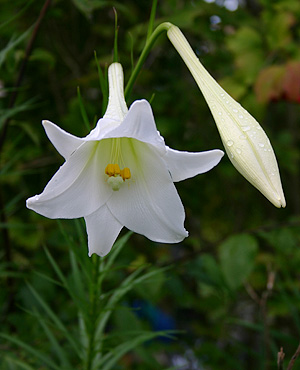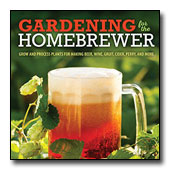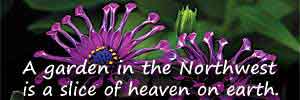Lilium formosanum
FORMOSAN LILY
Family: Liliaceae
Pronounced: LEE-lee-um for-moe-SAH-num
Quick Jumps
Growing Guide
Rainy Side Notes
GROWING GUIDE

Geographic Origin:
Taiwan.
Plant Group:
Bulbs.
Hardiness:
Sunset zones: All.
USDA zones: 7-9.
Mature size:
Height: 2-5 feet (1-1.5 m).
Flowering period:
August-September.
Flowering attributes:
Fragrant, white, trumpet-shaped flowers, 5-6 inches (12-15 cm) long. Single flowers of up to 10 flowers on a stalk.
Leaf attributes:
Narrow, lance-shaped leaves.
Light:
Full sun.
Soil:
Humus rich, slightly acidic, moist, well-drained soil.
Feeding:
In spring, when lilies are at the spear stage of growth (like asparagus), fertilize with a complete organic fertilizer. Do not feed again for the rest of the year; excessive fertilizing can promote disease and soft growth.
Propagation Methods:
As soon as the foliage dies back, dig bulbs and remove scales, bulbils and offsets from bulb; immediately replant.
Pruning Methods:
Remove dried stems only after foliage dies back.
Pests and Diseases:
This species is susceptible to virus diseases–lily X potexvirus, Shallot yellow stripe potyvirus, and Tulip breaking potyvirus.
Rainy Side Notes
Lilium formosanum is a native of Taiwan. The species name, formosanum, comes from the name Formosa–an earlier name for Taiwan.
The plants can get up to ten feet tall, but average height is four to five feet. They can bear one or two flowers per stem with some selections bearing up to 40 flowers per stem. My own plants reach six to seven feet tall and bear one to two flowers.
Seed sown in January can flower the same year by September. Mine flowered the same year on three-foot tall plants. You can eat the bulbs as a starchy vegetable as we do a potato, although the plant is too pretty to dig up the bulbs to eat. If you are hungry though, it does not matter; pretty or not, eat!
Mulch well with composted manures or compost and shredded bark to keep the roots cool and add humus to the soil.
Photographed in author's garden.

Gardening for the Homebrewer: Grow and Process Plants for Making Beer, Wine, Gruit, Cider, Perry, and More
By co-authors Debbie Teashon (Rainy Side Gardeners) and Wendy Tweton
Copyright Notice | Home | Search | Bulbs

